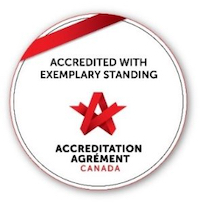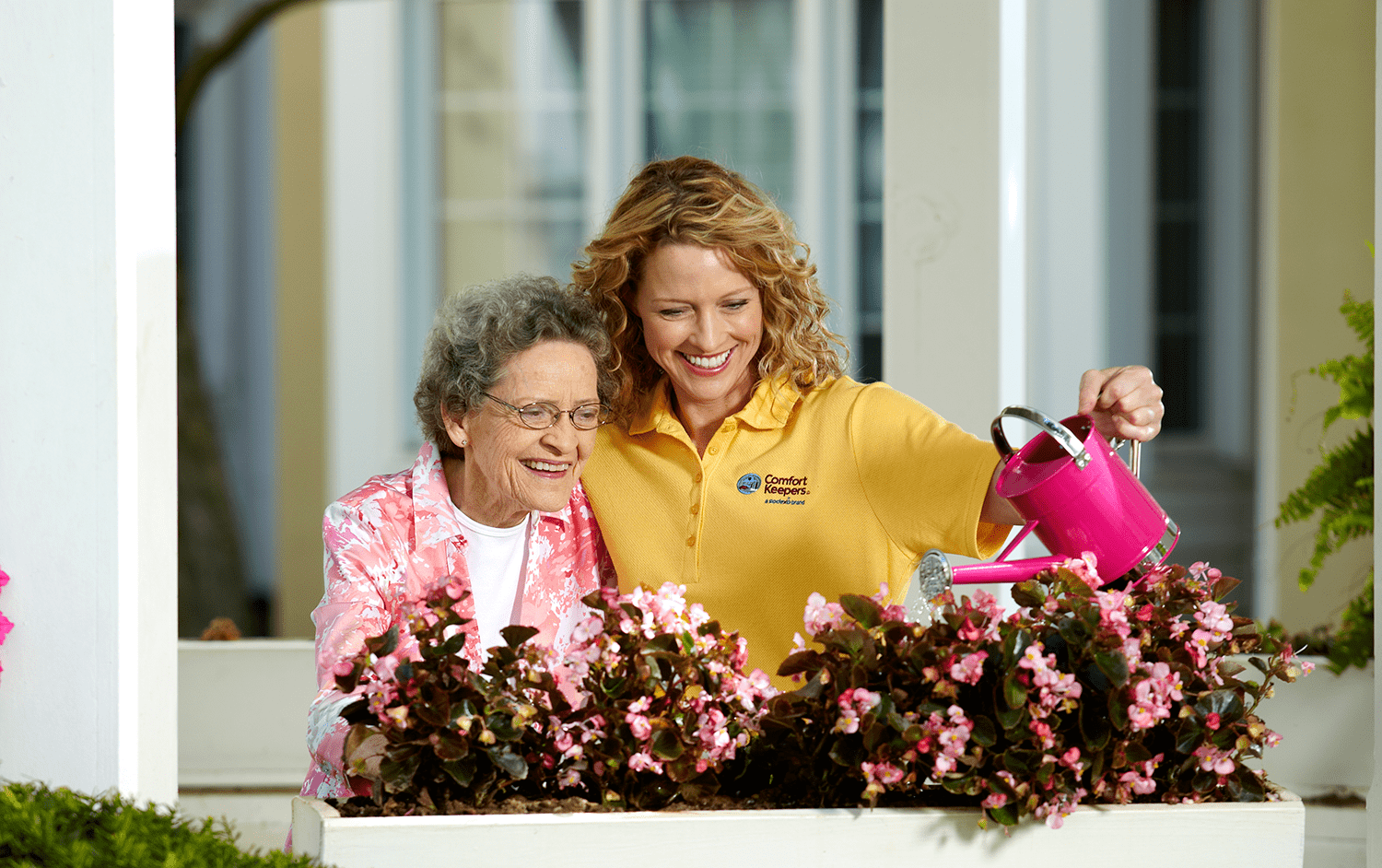What Seniors Should Know about Glaucoma
Senior Health and Wellbeing | January 3, 2025
Glaucoma: Essential Information for Seniors
Glaucoma encompasses a range of conditions that can harm the optic nerve, potentially leading to vision impairment. It ranks as the second most common cause of blindness.
Reach Out to a Local Office
Glaucoma includes various diseases that can damage the optic nerve and cause vision loss, making it the second leading cause of blindness. This condition arises when the fluid pressure within the eyes gradually increases, with up to 40 percent of a person’s vision potentially being lost without their awareness. However, early intervention can safeguard your eyesight from significant deterioration.
Why Do Some Seniors Experience Glaucoma?
The anterior chamber, located at the front of the eye, is where a clear fluid circulates to nourish surrounding tissues. This fluid exits the chamber at the angle formed by the cornea and iris. It then passes through a spongy meshwork that functions as a drainage system. Occasionally, the fluid may flow too slowly through this meshwork, leading to a buildup and an increase in intraocular pressure, which can damage the optic nerve and result in vision loss. Therefore, managing the pressure within the eye is crucial.
Seniors and Glaucoma
Not all individuals with elevated eye pressure will develop glaucoma; some can manage higher pressures more effectively than others. A thorough dilated eye examination can assist your eye care provider in determining what constitutes a normal eye pressure level for you.
Common Types of Glaucoma in Seniors
Open-Angle Glaucoma: This is the most prevalent form of glaucoma, impacting nearly 3 million individuals in the United States. It leads to a gradual and painless decline in peripheral vision due to the gradual clogging of the eye’s drainage canals. The vision loss resembles looking through a narrow tube, and many individuals experience no symptoms or early warning signs, often remaining unaware of their vision deterioration for years. Early detection and treatment typically yield positive results with medication.
Normal-Tension or Low-Tension Glaucoma: This type can cause damage to the optic nerve and constriction of side vision even when eye pressure is within the normal range. Reducing eye pressure by at least 30 percent through medication may help some patients, although others may experience progression despite low pressure. A thorough medical history is crucial for identifying potential risk factors, such as low blood pressure. If no risk factors are found, treatment options align with those for open-angle glaucoma.
Angle-Closure Glaucoma: This condition occurs when the fluid in the front of the eye is unable to drain due to a blockage at the angle created by the iris. This blockage leads to a rapid increase in eye pressure. Symptoms include intense pain, nausea, redness of the eye, and blurred vision. Immediate medical attention is essential if these symptoms arise, as untreated angle-closure glaucoma can result in blindness within one to two days. Typically, timely laser surgery and medication can alleviate the blockage and preserve vision.
Additionally, there are rare forms of glaucoma that may affect seniors. For instance, pigmentary glaucoma arises when pigment from the iris dislodges and obstructs the drainage meshwork, posing a long-term threat to vision. Trauma-related glaucoma can result from significant eye injuries, chemical burns, or penetrating wounds.
What Seniors Can Do
Currently, there is no definitive cure for glaucoma. Nevertheless, medications or surgical interventions can assist in slowing down or preventing additional vision deterioration. The suitable treatment is contingent upon the specific type of glaucoma diagnosed.
Over time, certain medications may become ineffective or interact adversely with other treatments. It is essential for a physician to monitor both glaucoma and its associated medications effectively. If you are undergoing treatment for glaucoma, it is crucial to adhere to your prescribed medication regimen daily.
Research indicates that early detection and intervention prior to significant vision impairment is the most effective strategy for managing the condition. Ensure that you have regular eye examinations with dilated pupils conducted by an eye care specialist. After reaching the age of 40, it is advisable to have an eye exam every two to four years, and annually after the age of 55. Comprehensive annual exams are particularly recommended for individuals over 50 who have a family history of glaucoma.
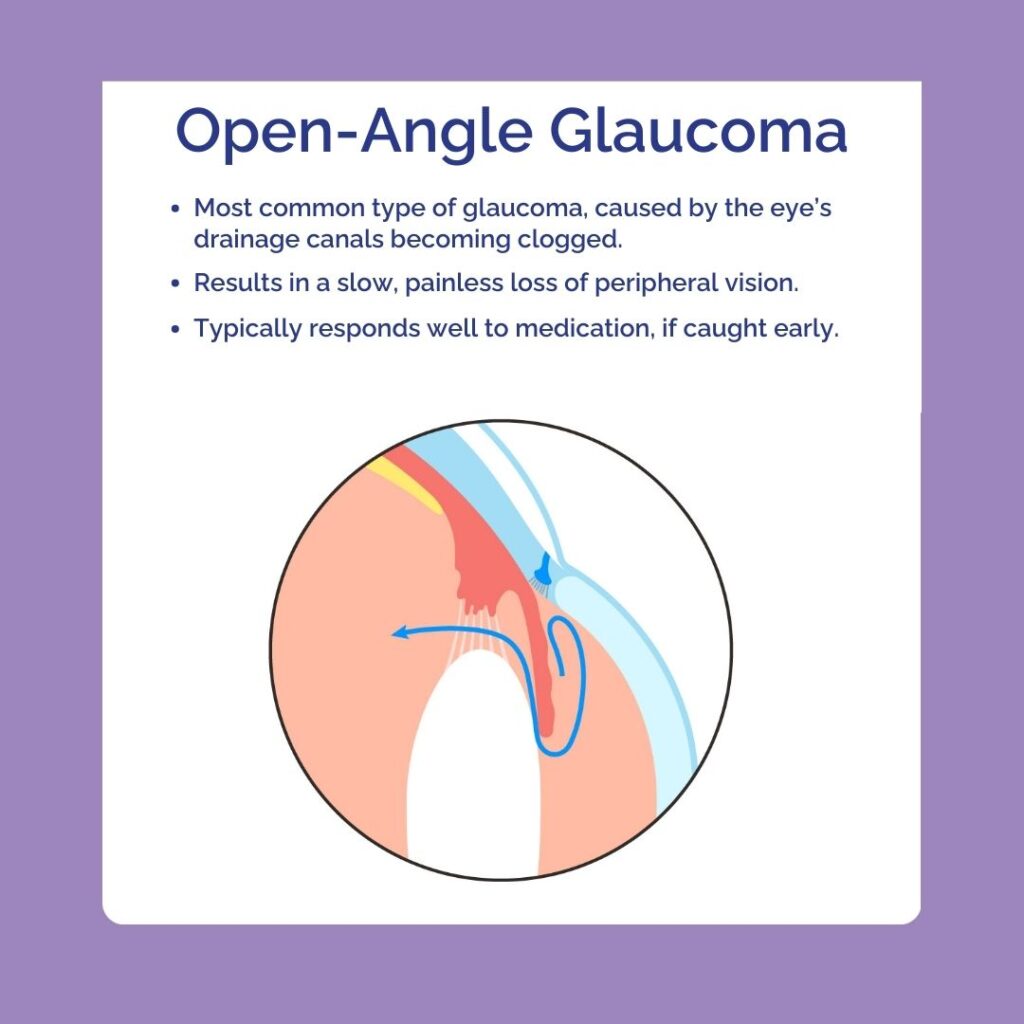
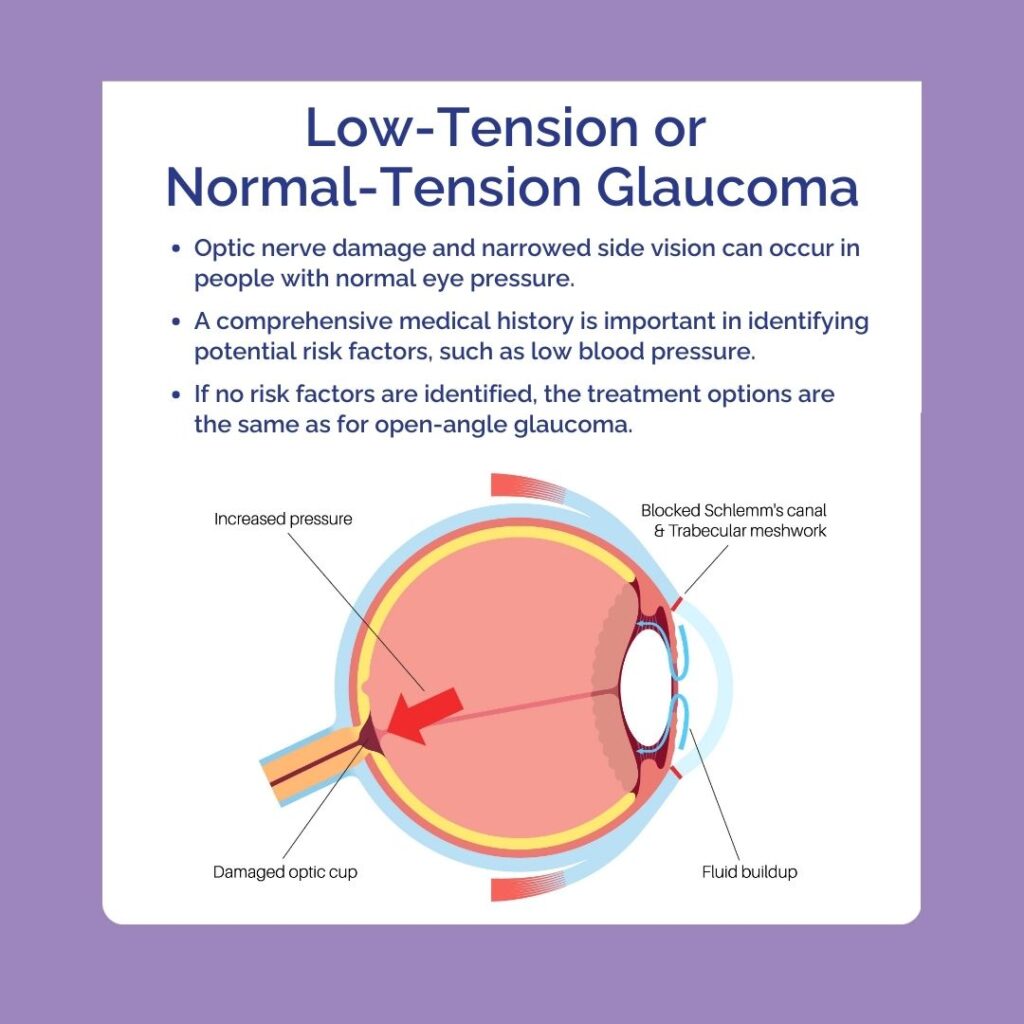
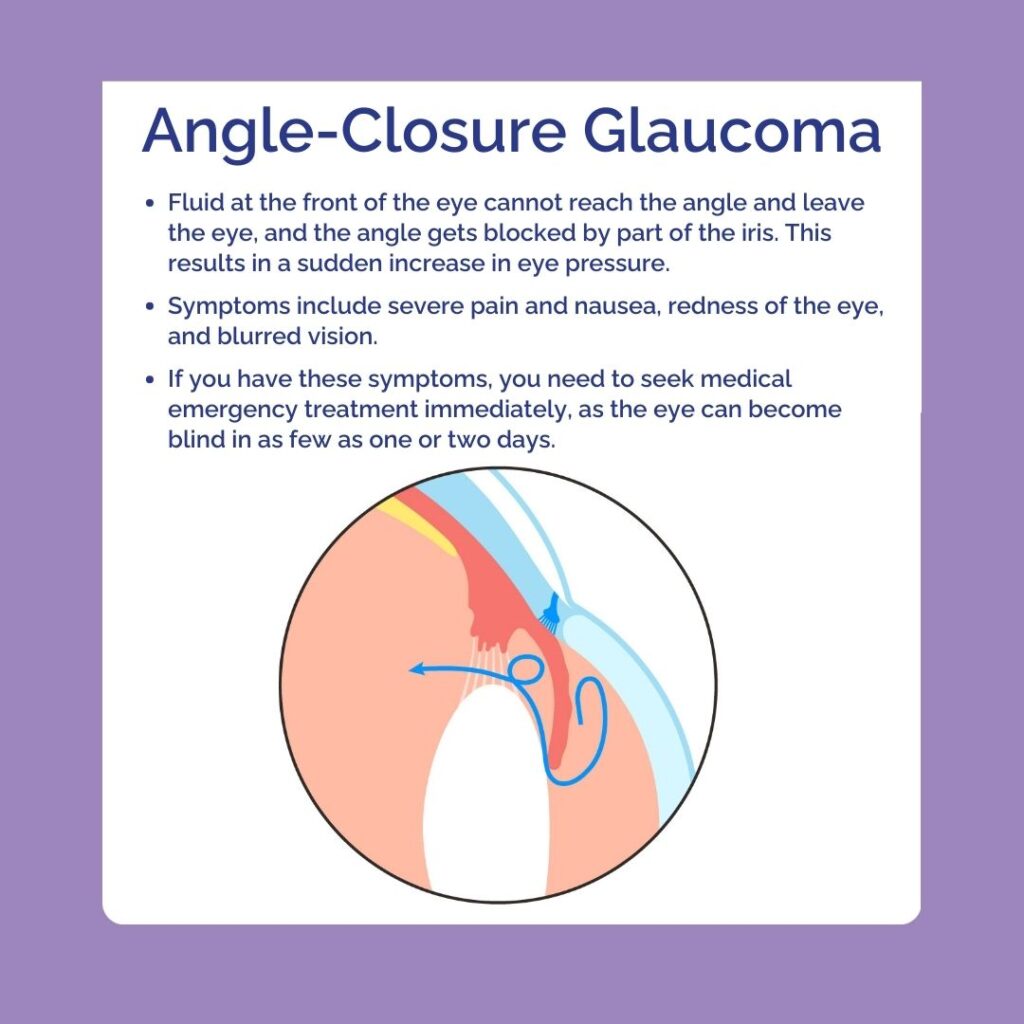
Comfort Keepers® is here to assist. We provide support to loved ones at home with daily living activities, household chores, and by promoting healthy eating habits and medication adherence. Reach out to your local Comfort Keepers office to explore the various in-home care services we provide.
References:
AgingCare.com. “Glaucoma Can Steal 40% of Vision Before the Person Notices” by Marlo Sollitto. Web.2016.
A Place for Mom. “Glaucoma In Seniors: Symptoms & Care” by Jeannette Franks, PhD. Web. 2013.
Glaucoma Research Foundation.“Glaucoma Facts and Stats.” Web. 2016.
Individualized Home Care Options
Long-Term Home Care, 24 Hour Home Care & Short Term Care Options Customized for You


